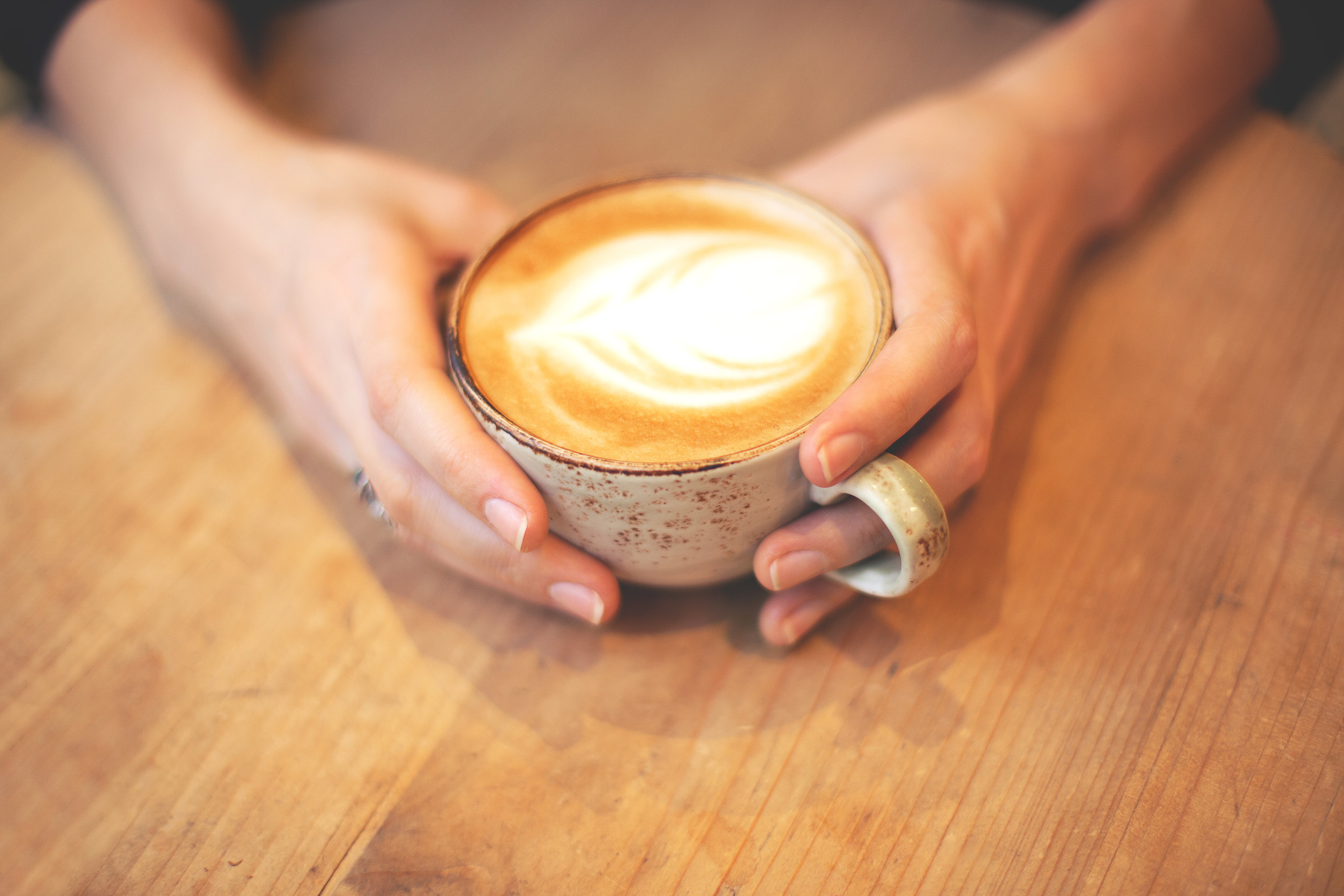Coffee is more than just a drink—it’s a ritual, a pick-me-up, a comfort. But for something so important to so many, it’s surprising how often people settle for bad coffee. Whether it’s convenience, marketing, or just habit, certain coffees continue to fly off the shelves despite being underwhelming—or downright unpleasant.
Keurig K-Cups: Convenience Over Quality
Keurig K-Cups are popular for one big reason: convenience. Pop a pod in, press a button, and your coffee is ready in under a minute. But that ease comes with a major trade-off—flavor. K-Cups tend to produce weak, watery coffee, lacking depth or complexity. Most K-Cups are pre-ground and often contain stale coffee, leaving you with a flat, one-note brew that doesn’t reflect the richness coffee can offer.
Consider switching to a single-serve pour-over option like Kuju Coffee or Copper Cow. These are nearly as convenient but offer dramatically better flavor. They come in compact packets and include freshly ground coffee sealed for freshness. All you need is hot water and a mug—no machines or mess. The result? A richer, more aromatic cup that doesn’t feel like a compromise.
Starbucks Ground Coffee: Over-Roasted and Overrated
Starbucks may dominate the café scene, but its grocery store ground coffee doesn’t do the brand any favors. The beans are often dark-roasted to the point of being burnt, masking the subtleties that define good coffee. The result is a bitter, smoky flavor that feels more like drinking ashes than enjoying a nuanced brew. Many people buy it out of loyalty or familiarity, but that doesn’t mean it’s the best choice. Ground coffee also loses its flavor quickly, and Starbucks’ mass production doesn’t help maintain freshness.
If you like bold coffee but want more complexity, try a medium-dark roast from a local roaster or an online favorite. These roasters focus on quality, sustainability, and flavor.
Instant Coffee: A Last Resort, Not a Lifestyle
Instant coffee has made a bit of a comeback lately, thanks in part to aesthetic TikTok videos and travel-friendly packaging. But let’s be honest: most instant coffee still tastes like what it is—coffee’s lifeless cousin. It’s typically made from low-grade Robusta beans, which are more bitter and less flavorful than their Arabica counterparts. The freeze-drying process sacrifices the oils and aromas that make coffee enjoyable. Drinking instant coffee regularly is like microwaving a steak every night—it gets the job done, but at what cost?
If you need something fast and portable, try specialty instant coffee brands like Swift Cup or Voila. These companies use high-quality beans and advanced brewing techniques before freeze-drying, preserving much of the flavor. The result is instant coffee that actually tastes like real coffee. It’s a bit more expensive, but well worth it if you rely on convenience. And unlike supermarket instant coffee, you won’t feel like you’re settling.
Flavored Coffees: Artificial and Overpowering
Vanilla hazelnut. Caramel crème. Pumpkin spice. Flavored coffees sound indulgent, but most are loaded with artificial flavorings that overpower the coffee itself. These additives often mask poor bean quality, which is why so many cheap flavored coffees taste like candy with a hint of bitterness. If you find yourself reaching for these, it might be because you’re trying to cover up the taste of bad coffee rather than enjoying coffee itself. Plus, they can leave a chemical aftertaste that lingers longer than the caffeine buzz.
Want a hint of flavor without the synthetic aftertaste? Try adding your own real ingredients—like a splash of cinnamon, vanilla extract, or even cardamom. Or choose a naturally flavored coffee from roasters who infuse beans during the roasting process using real ingredients.
Pre-Ground Grocery Store Coffee: Stale from the Start
The familiar red plastic tub. The vacuum-sealed brick. These staples of the grocery store coffee aisle are popular, but they’re often among the worst offenders. Pre-ground coffee starts losing its flavor minutes after grinding, and most store-bought brands were ground weeks—if not months—ago. This leads to a flat, lifeless brew with no aroma and very little character. If your coffee smells like cardboard and tastes like hot water with a bitter twist, this is probably why.
Start with whole bean coffee from a reputable roaster. Even grinding beans with a basic burr grinder right before brewing makes a huge difference.
Stop Settling for Subpar
There’s no reason to drink mediocre coffee every day. Yes, convenience and cost matter—but so does taste. With so many better options available, from specialty pour-overs to affordable local roasters, you can upgrade your morning brew without making your routine harder. The key is to be just a little more intentional about what you’re buying—and to break away from habits that no longer serve your taste buds. Coffee should be something you look forward to, not something you endure.
Have you ditched one of these common coffee choices for something better? Or are you still holding on to an old favorite out of nostalgia? Let us know in the comments below.
Read More
The Worst Coffee Ingredients to Avoid at All Costs
6 Easy Ways to Save Money on Coffee



Leave a Reply